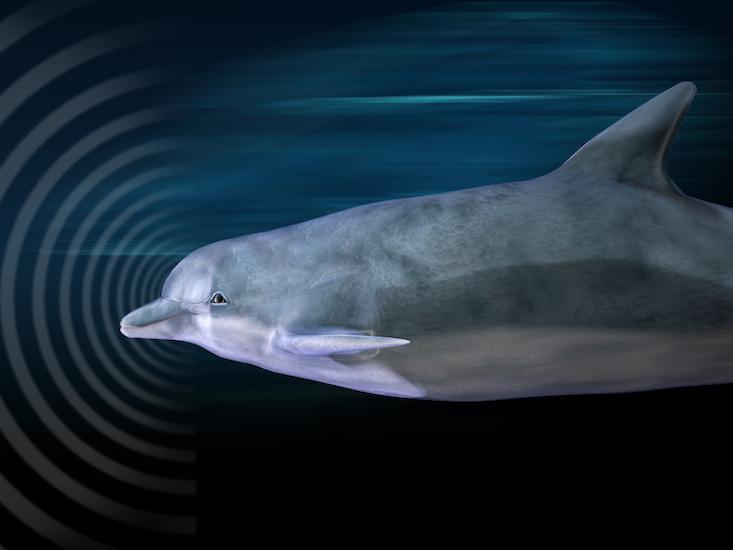Dolphins Are Helping Us Hunt for Aliens

When 12 men gathered at the Green Bank Observatory in West Virginia to discuss the art and science of alien hunting in 1961, the Order of the Dolphin was born. A number of the brightest minds from a range of scientific disciplines, including three Nobel laureates, a young Carl Sagan, and an eccentric neuroscientist named John Lilly—who was best known for trying to talk to dolphins—were in attendance. It was Lilly’s research that inspired the group’s name: If humans couldn’t even communicate with animals that shared most of our evolutionary history, he believed, they were a bit daft to think they could recognize signals from a distant planet.
With that in mind, the Order of the Dolphin set out to determine what our ocean-going compatriots here on Earth might be able to teach us about talking to extraterrestrials. Lilly’s work on interspecies communication has since gone in and out of vogue several times within the SETI (Search for Extraterrestrial Intelligence) community. Today, it’s back in fashion, thanks to new applications of information theory and to technological advancements, such as the Cetacean Hearing and Telemetry (CHAT) device, a submersible computer interface that establishes basic communication with dolphins.
The return to dolphins as a model for alien intelligence came in 1999, when SETI Institute astronomer Laurance Doyle proposed using information theory to analyze animal communication systems, particularly the whistle repertoire of bottlenose dolphins.
Source: nautil.us